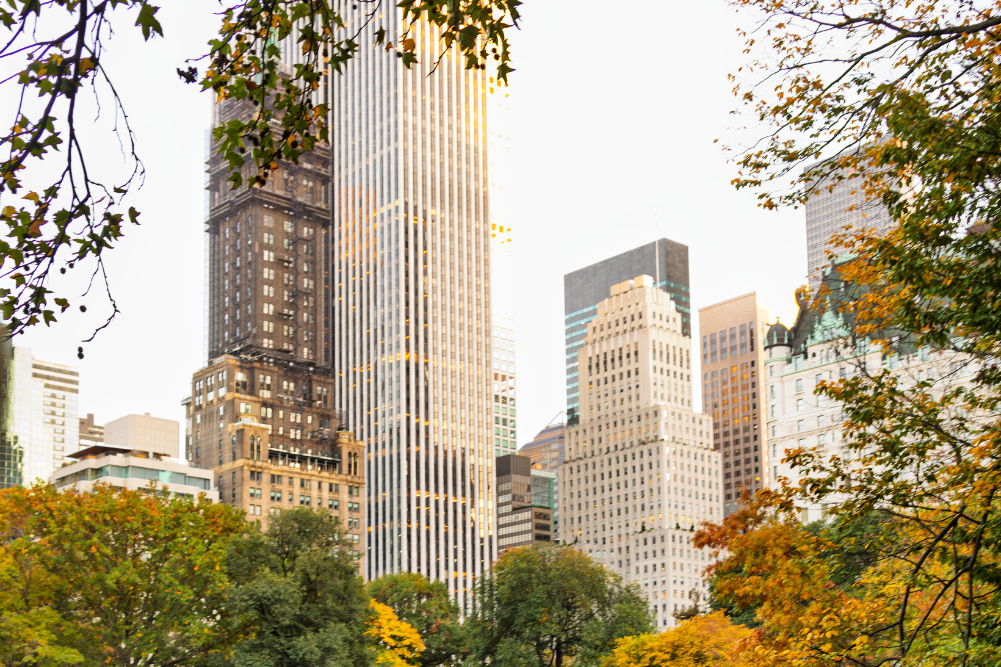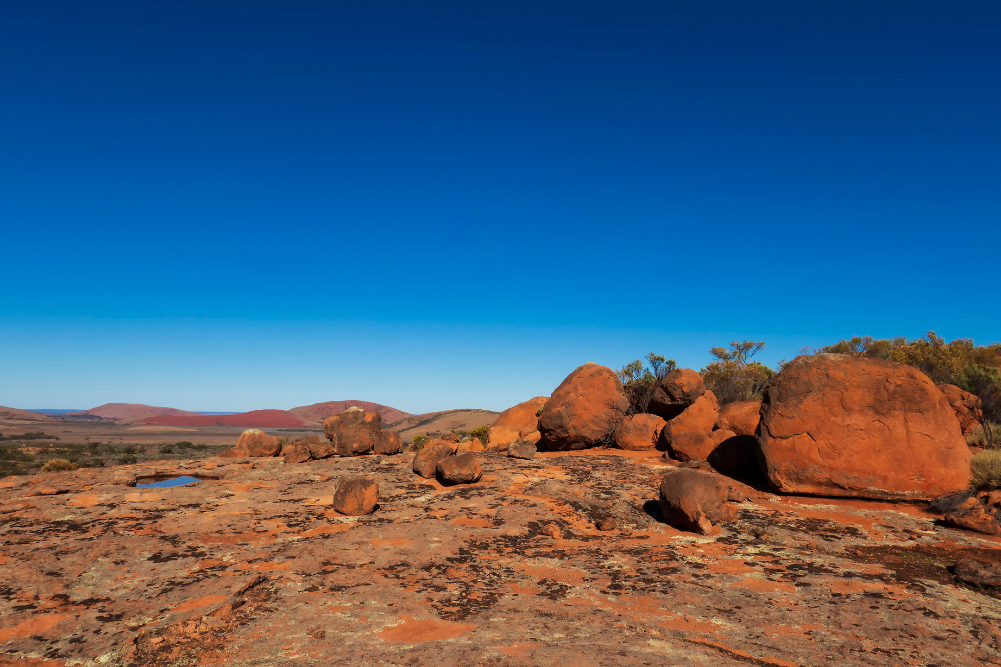Ever walked a labyrinth? The labyrinth is a sacred place to quiet your mind and open your heart
Do you crave somewhere quiet to reflect and relax? Are you searching for a practical way to connect to your intuition and creativity? Would you like to try walking meditation and feel more grounded in your body? The labyrinth is a sanctuary for all this and more.
Often confused with a maze, which has numerous routes and dead ends, the labyrinth represents archetypal patterns found in nature — the spiral and the circle — and has only one unicursal path leading to its centre. “A maze is designed for you to lose your way, whereas a labyrinth is literally designed for you to find your way,” says Reverend Dr Lauren Artress, founder of worldwide labyrinth project Veriditas and author of Walking a Sacred Path: Rediscovering The Labyrinth as a Spiritual Practice (Riverhead Books).
The labyrinth is found in almost all cultures and religions throughout the world: in the Jewish mystical tradition, the Tree of Life is a labyrinthine metaphor representing the only worthwhile path through life. The Hopi medicine wheel and the Man in the Maze, a symbol of life’s journey, are just two of many Native American labyrinths. Tibetan sand mandalas are another type of labyrinth, painstakingly constructed by monks to gain wisdom and compassion on the path to enlightenment.
Origins & design
The precise origins of the labyrinth remain a mystery. The earliest European form on record is the Cretan labyrinth, also known as the classical seven-circuit labyrinth, which consists of seven concentric circles that lead to the centre.
The oldest surviving labyrinth is claimed to be in a rock carving in Sardinia, dating from 2500–2000 BCE; other labyrinth designs have been discovered on pottery (c. 1300 BCE) in Syria, and a clay tablet (c. 1200 BCE) found at Pylos in southern Greece. In the last three centuries BCE the labyrinth symbol was printed on coins in Knossos, Crete, which are thought to have represented the legendary Knossos labyrinth in the myth of Theseus and the Minotaur.
Often confused with a maze, which has numerous routes and dead ends, the labyrinth represents archetypal patterns found in nature — the spiral and the circle.
The Greek writer Herodotus (born around 484 BCE) is the first person known to have used the word “labyrinth” when he wrote about his visit to the giant Egyptian labyrinth built by King Amenemhet III around 1800 BCE — the first labyrinth that could be walked.
As Christianity swept through Europe in the Middle Ages intricate labyrinths began to appear in churches and cathedrals, either painted as art on the wall or inlaid in the floor with marble, tiles and stone. Christians who couldn’t make the pilgrimage to the holy city of Jerusalem would travel to important cathedrals instead and finish their journey by walking the labyrinth.
The most famous of these Medieval labyrinths was constructed in the 13th century in Chartres Cathedral near Paris, where it remains intact and draws thousands of visitors each year. Approximately 13 metres in diameter, the Chartres labyrinth has 11 concentric paths that wind through four quadrants of a circle, and a rosette in the centre to symbolise the Virgin Mary.
The classical seven-circuit labyrinth and medieval 11-circuit labyrinth remain the most commonly used labyrinth designs today.
The labyrinth’s gifts
The labyrinth is an archetypal symbol that transcends religious and cultural barriers — everyone is welcome to experience its magic. It is an ancient tool for personal transformation, a sacred place to find peace, hope and courage, and access the Divine within.
The path itself is a metaphor of life’s journey, a mini-pilgrimage that invites you to let go of ego and linear thought and enter a dreaming state where imagination comes alive. “Walking the labyrinth teaches a process of flow, or visual dreaming — the thinking mind gets placed aside,” says Dr Artress. “It’s a great tool for self-reflection, which is a huge part of our mind-body-spirit wellness. We need the ability to evaluate how we’re doing in life and where we are on our path.”
Walking the labyrinth is a powerful way to honour and reconnect to your body, providing many of the physical benefits of meditation. Research conducted by Dr Herbert Benson, Professor of Medicine at Harvard Medical School and founder of the Benson-Henry Institute for Mind Body Medicine at Massachusetts General Hospital, has found that, like still forms of meditation, focused walking can trigger the “relaxation response” — a physical state of deep rest that changes your physical and emotional reaction to stress. The Relaxation Response, a term coined by Dr Benson in the 1960s, is proven to have several long-term health benefits, including lowering blood pressure, slowing breathing and heart rates and reducing muscle tension and insomnia.
The labyrinth is an archetypal symbol that transcends religious and cultural barriers … It is an ancient tool for personal transformation.
In 2012, The Children’s Hospital at Westmead, Sydney, became the first hospital in Australia to install a labyrinth. “I knew it would be beneficial to have a labyrinth on the grounds,” says senior oncologist Dr Michael Stevens, who campaigned for more than 10 years to see the labyrinth to completion and personally funded the project with the help of donations.
Dr Stevens says walking the labyrinth helps patients overcome anxieties associated with illness and treatment and gives families an opportunity to share a purposeful activity. “It also gives staff (and visitors) a chance to relax and regain equilibrium during demanding days at work,” he adds.
Since it opened, the labyrinth has received an outpouring of positive feedback. “It is a unique experience to walk the labyrinth with the weight of the world in front of you,” wrote the parent of a child with acute leukaemia. “Somehow it has the ability to help just a little when dealing with stressful decisions and events.”
One staff member described the experience of walking the labyrinth as “one of the quickest and best ways to relax the body and steady the mind”. Children enjoy the labyrinth, too. A six-year-old patient told her mum, “I like how [the labyrinth] looks so swirly and how you think you are getting close to the middle and then it takes you back out again.”
How to walk the labyrinth
Each experience of the labyrinth is unique to the person walking it. There is no “right” or “wrong” way, no rules. You simply surrender to the winding path in front of you, one foot in front of the other.
Though it’s an intuitive process, it can be daunting to enter the labyrinth for the first time. You could prepare by taking a moment to reflect on where you are in life, journalling, finding a meaningful phrase or mantra to repeat during your walk or by asking a specific question. Some people like to walk the labyrinth to honour a meaningful event, like a birthday or anniversary.
To help quiet your mind before you begin, Dr Artress suggests dividing the walk into three phases, also known as the three Rs:
- Release
- Receive
- Return
“The first stage is all about releasing: when you walk into the labyrinth you start to find your natural pace and shed extraneous thoughts and emotions. It’s an emptying process and many people experience a sense of ‘coming home’,” she explains.
The second “receiving” phase can occur anywhere in the labyrinth but commonly begins when you reach the centre. “Sit, stand, stay in the centre as long as you want,” says Dr Artress. “What you receive depends on what you need — you may find peace or calm. If you are carrying a question you may find an answer, or you might just feel strengthened and emboldened to keep moving forward until the answer reveals itself.”
The walk out of the labyrinth is the final “returning” phase, when you integrate what you have received and take it forth into the world.
The time it takes to walk the labyrinth depends partly on its size but, ultimately, you determine the duration of your experience. “I know people who spend an hour or more in the labyrinth and others who only walk the first part into the centre, then leave and return later to the centre to walk out,” Dr Artress explains.
The labyrinth is a two-way street. When you meet people along the path, feel free to move around them or let them move around you. The most important thing is to do whatever feels most natural.
Find one near you or make your own
Labyrinths are popping up all over the country in public parks and gardens, schools, hospitals, churches and cathedrals. To locate one in your area visit the World-Wide Labyrinth Locator (labyrinthlocator.com), a free resource provided by Veriditas and The Labyrinth Society (labyrinthsociety.org).
Otherwise you can make your own, suggests Dr Artress. “Labyrinths don’t have to be expensive to install. One of the easiest labyrinths to create is the classical seven-circuit labyrinth, which is based on a simple spiral design. You can find the seed pattern by searching ‘seven-circuit classical labyrinth’ online.”
Once you have the pattern, there are lots of inexpensive ways to create a labyrinth. You can use spray paint to mark the path on grass, or use chalk to draw the outline on pavement. You could also etch the pattern into sand at the beach or put votive candles on the ground to illuminate the way.
“What you receive [from a labyrinth] depends on what you need — you may find peace or calm. If you are carrying a question you may find an answer, or you might just feel strengthened and emboldened to keep moving forward until the answer reveals itself.”
For the past four years, New Zealand photographer and artist Tony Bridge has created temporary outdoor labyrinths at several wellness expos. “I build an 11-circuit labyrinth on the asphalt using chalk,” he explains. “People love it — some walk incredibly slowly; others move fast. I’ve seen people skip and dance; I’ve watched them start slow and finish fast. You can see the joy people feel, as if they’ve shed something.”
Bridge, a trained labyrinth facilitator who created and maintains the Labyrinths New Zealand website (labyrinthsnz.com) with his wife, Heather, says the labyrinth is also an important part of his personal spiritual practice. “For me, the labyrinth is a place to receive guidance. It gives me a sense of purpose and focus, and a connection to the Greater All. I think it’s fair to say the labyrinth is my temple in the open.”








